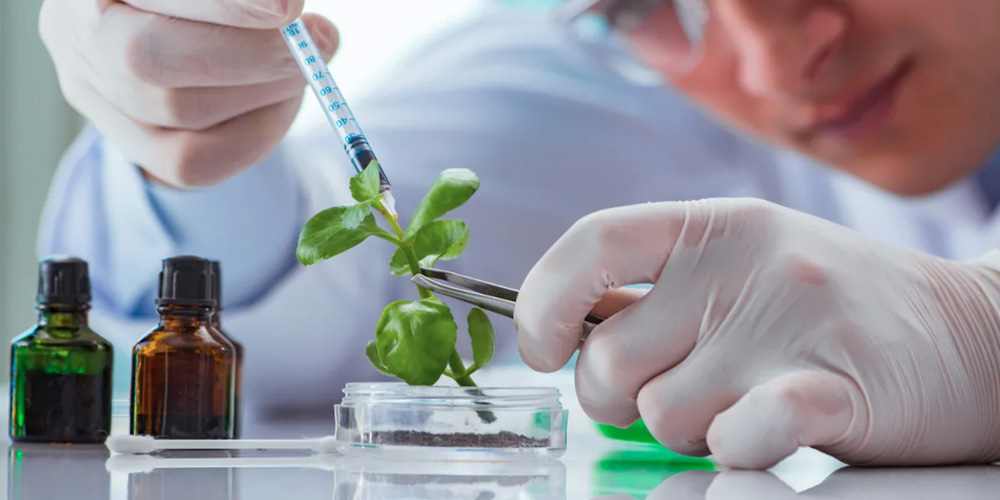[ensafe_login_logout]
[ensafe_login_logout]

We are providing services carrying out analysis of parameters covering every field of environment i.e. Air analysis, water and waste water analysis, soil analysis, biological studies at various stages of existing effluent, water treatment (including reverse osmosis) plants.
We have well qualified and experienced personnel in our organogram. It has also separate R & D section to absorb new techniques and development in the environment field.
We are providing services carrying out analysis of parameters covering every field of environment i.e. Air analysis, water and waste water analysis, soil analysis, biological studies at various stages of existing effluent, water treatment (including reverse osmosis) plants.
We have well qualified and experienced personnel in our organogram. It has also separate R & D section to absorb new techniques and development in the environment field.

Thought of founding the firm came in 2011 and established in 2014 with associates and technocrats of Environmental Engineering field.
Copyright © 2024 Nitya Ensafe. All Rights Reserved.